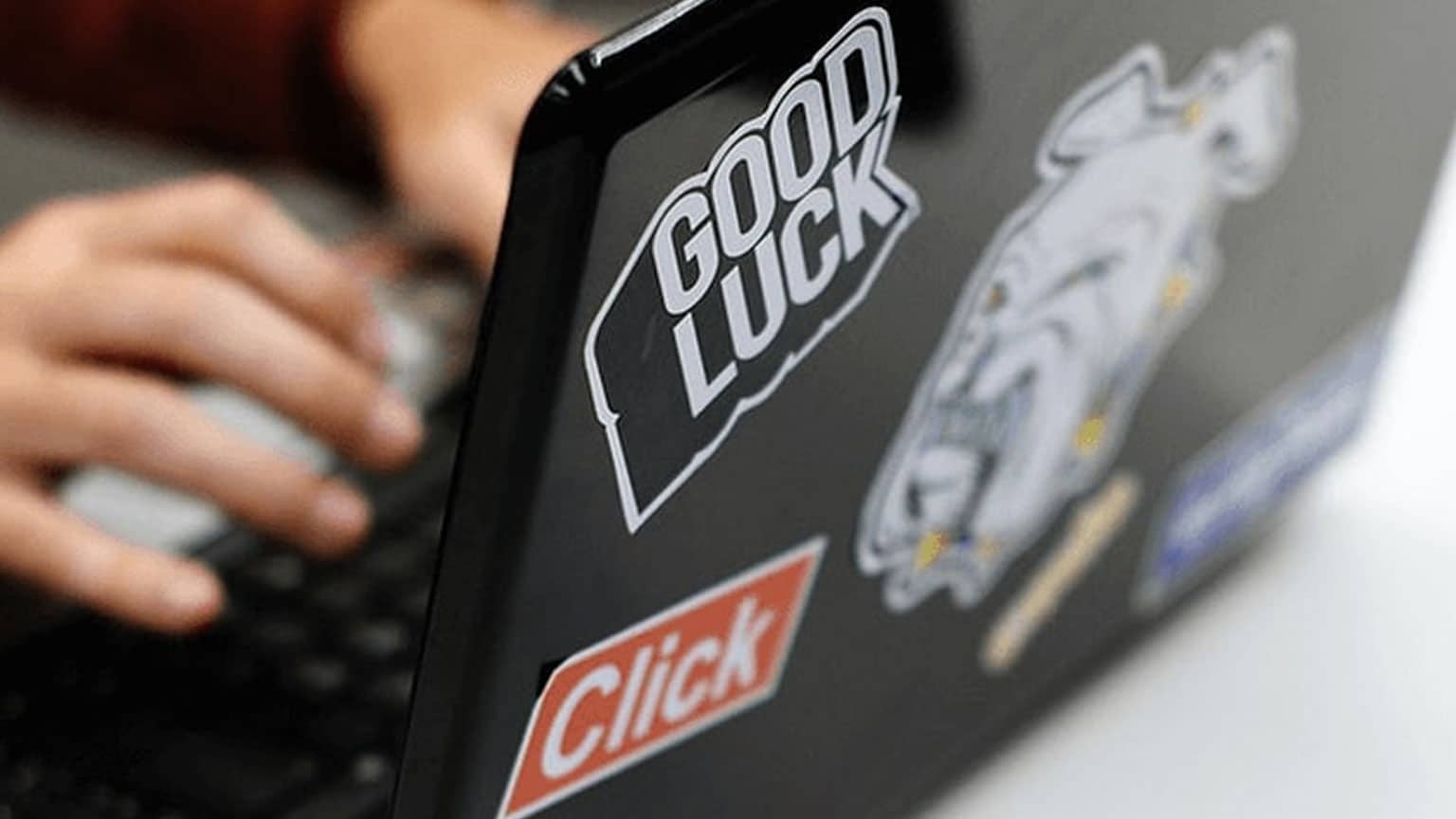How to Get the Most Out of Marketing Automation?
Marketing Automation is not magic. But mastering the automation process to send the right message at the right time to the right customer is what distinguishes the pros from the rookies.
Most marketers agree, they feel guilty for not using the Marketing Automation platform to the fullest.
Below you will find five planning tips, which will help you get the most out of your Marketing Automation Platform.
1. Personalize customer’s journey
Automating your marketing efforts does not mean continuously pumping out scheduled emails. Automating your marketing is more about personalizing your content and catering to each individual customer needs. Automating your marketing opens up time for you to look at bigger things and it allows you to be present throughout the customer journey instead of just nudging them towards conversions.
When you start sending targeted, and personalized messages to your customers at specific junctures in their purchase journey (from the time they have first logged in to the follow up process, even after, they have stopped purchasing from your website).
This would help in acquiring, activating, retaining and winning back former customers. The marketing campaigns, with triggered emails are highly relevant and they keep your leads engaged and ultimately help generate higher ROI.
If your business knows how to delight your customers throughout
the lifecycle of a lead, whether by sending a sincere thank you email correspondence or by sending a milestone email for a customer’s anniversary or birthday. Thus, by sending relevant and chronological messages, businesses gain/acquire the ability to build strong relationships with their customers.
2. Your segments must be updated in real-time
True personalization cannot happen without segmentation. Creating segments, which are not updated in real time would only pave way for untargeted messages. To automate email messages based on a customer’s behavior, you should ensure your segments are updated in real time.
For example, when a customer, whether new or existing has abandoned his/her cart prior to a checkout cart recovery message would be triggered to him/her. However, if he/she has returned and makes a purchase before the first email in your cart triggered emails is fired, then automatically he/she should exit the cart abandoner’s segment. But in case of absence of segments, that are not updated in real time, the above scenario cannot be averted.
3. Use Omnichannel messaging
The consumer is paying little or limited attention. For single purchase, we find numerous digital channels involved and buyer cycle is complicated. Businesses running an Omni channel campaign could fall through the cracks if their customer data is stored in silos. Hence, businesses must have a customer-centric approach, and to achieve it, they need to have single customers view across all channels.
4. Begin small and as you progress, automate more
Marketing automation tools provide many possibilities and it is difficult not to get carried away. And by trying to automate all at once, might yield less effective results. Additionally, it can be very difficult for businesses to judge the effectiveness of varied campaigns.
So, start small, keep your focus on low hanging fruits first; this is the best marketing automation strategy. For example, shopping cart abandonment is one of the biggest reasons for lost sales. And still, we find most of these retailers do not have well-crafted email strategy for cart recovery. If your business lacks a proper cart recovery program, then your first goal should be to implement one. By doing so, businesses would find it easier to track their progress, and they will be able to learn to optimize as well.
Marketing Automation for small businesses should follow these tricks, to speed up gradually. They need to identify what they require to automate next. Their approach to automation would help determine the level of success they achieve. In the era of customer-centric approach, there exists no shortcut for success.
5. Harnessing data to achieve growth
You cannot manage what you cannot measure. In the past, marketing has been mostly data driven, but today’s marketers have access to an unprecedented volume of customer data to sift through in real time.
In the present era of big data, marketers need to track how and when customers are interacting with their campaigns, to optimize the process and send relevant content. However, most marketers are failing to use meaningful insights.
McKinsey, a global institute, has conducted research and found that these companies with data at the heart of their marketing, as well as sales activities, experience only 15 to 20% increase in Return on Investments (ROI). Hence, marketers should learn to leverage this available data; only then will they be able to improve conversion.
Do you wish to use Marketing Automation? Try Getting in touch with us we would be happy to assist you.









